
Elliott Erwitt generally likes to let his pictures do the talking. “I’m very bad about talking about things,” he tells me with a smile, during a recent sit-down to look through his latest book, Sequentially Yours, published this month by teNeues.
The book playfully presents a series of unscripted vignettes that bear the personal hallmark and humor of his classic images and movies, but with an original twist— rather than single shots, the photos are shown as sequences. The result is somewhere between single exposures and films, and the stories play out like silent movies—touching, funny, sad, irreverent and full of surprise.
Erwitt uses his film sparingly; he’s the first to acknowledge that he does not take as many frames as most photographers when he shoots. “The process is sometimes more interesting than the finished picture,” he says. And it’s that thought that served as the impetus for Sequentially Yours. Looking through his archive, Erwitt decided it made more sense to show sequenced images— as opposed to a single shot a la Henri Cartier-Bresson’s “Decisive Moment.”
“You always look for the best picture, but sometimes the pictures are not that great alone. But in a group, they become interesting,” Erwitt says, citing the series of people trying to close an umbrella on a windy day. “None of these are a picture on their own, but as a sequence of 32, it’s hilarious—not being able to close the umbrella and going home with it open.”
The book’s layout mimics Erwitt’s photographs in style—classic and effortless—and each of the vignettes has different constructs and different outcomes—often open to interpretation—that surprise and entertain. There are iconic images of Erwitt’s that you would expect to be the final statement in a particular sequence that actually appear in the middle of a story, proving that the iconic image can come at different points in the process and that Erwitt continues to shoot with a natural curiosity beyond the point where other photographers might stop after they’ve gotten the picture.
In a photo series of an old man and his dog, Erwitt says “the picture is of course the man talking to the dog—having had his discussion, he goes on his way.” In another series, which takes place at a graveyard, he says, “You really don’t know what is going to happen—it starts with a woman going to a cemetery to deposit some flowers and a dog follows her.” The last picture shows the dog rolling on the ground—and could stand on its own as the picture—but it is made more interesting by those that precede it. But even as the punch line, this image is still open ended. Is the dog playing dead or simply being playful?
These sequences reveal how Erwitt shoots, and he clearly has a relaxed approach and patience. “It’s like fishing. Sometimes you catch one. You lay in wait for something to happen— sometimes it happens, sometimes it doesn’t,” the photographer says of his process.
Along with the stories, there are Erwitt’s iconic photographs of public figures. The familiar images give further context by the frames which were taken immediately before or after. A group portrait taken on the set of the The Misfits movie reveals the chemistry of the cast in the build up to the final image. Richard Nixon and Nikita Khrushchev are shown as a dyptich, and a series of Che Guevara portraits are simply four pictures taken from a single photo shoot. In a Muhammad Ali vs. Joe Frazier fight sequence, the subtlety is almost lost in the magnitude of the moment. Erwitt’s explanation of this unique series is almost as surprising as Ali being knocked to the canvas. While the accredited photographers shot handheld directly at ringside, Erwitt shot from the audience a distance away, with the camera on a tripod, so you can see that all three pictures are taken from the identical position.
And while most of the image sets are taken in a concentrated time frame, there are a couple of notable exceptions. Two photos of Erwitt’s first daughter—one in which she is pregnant and the other three months later with her baby—and a series which ends the book, showing Erwitt’s personal agenda covers adorned with photographs of his two daughters taken over a thirty year period.
Erwitt has published nearly 40 books, but Sequentially Yours provides a perfect, original and refreshing context for his intuitive and instinctive images. His playful humor and wit are as sharp as ever. Here, Erwitt gives you a sense of what happens next, the end point being sometimes comic, sometimes poignant and often with a wink.
Sequentially Yours was published this month by teNeues. Erwitt will participate in a book signing at the International Center of Photography in New York on Nov. 4.

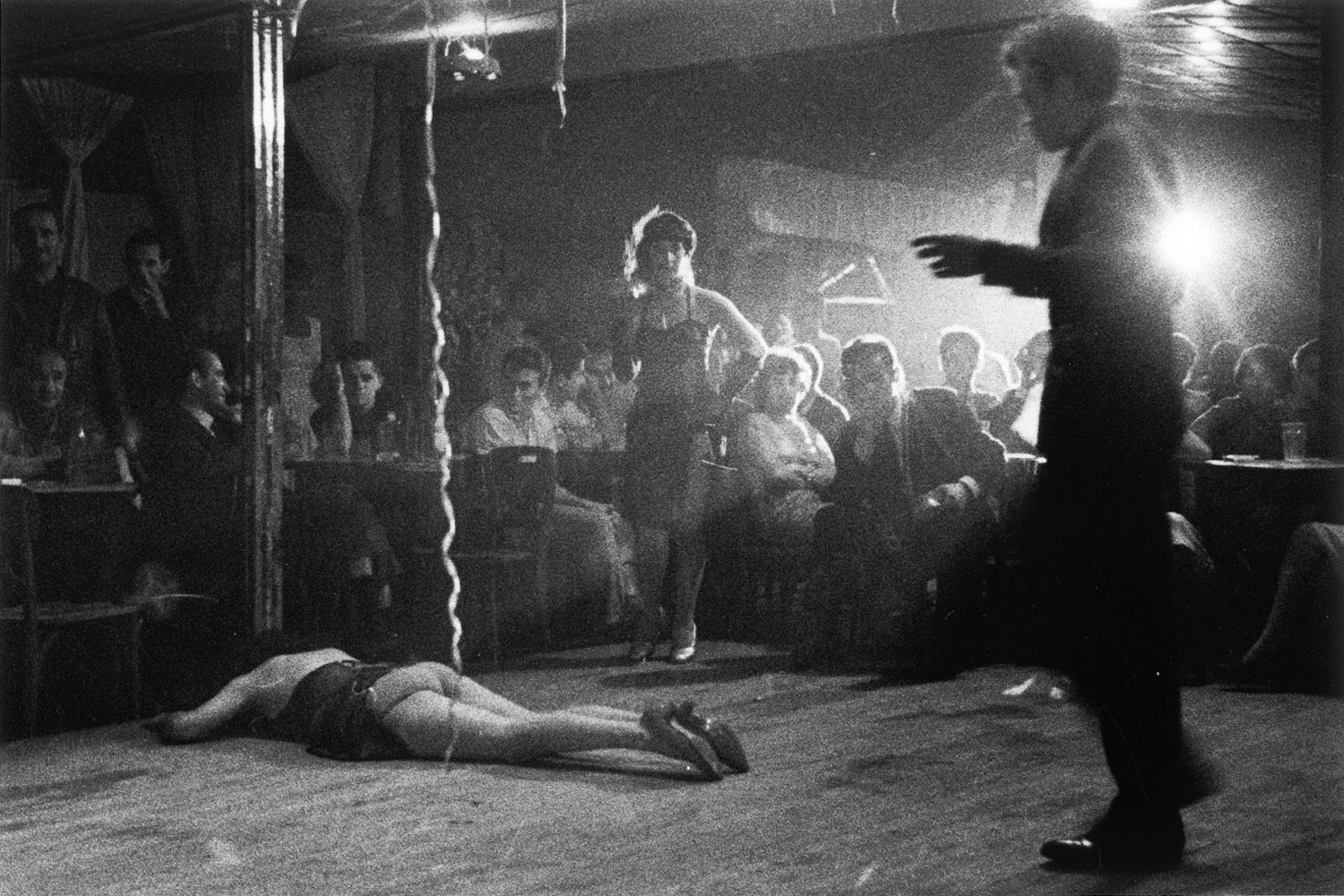
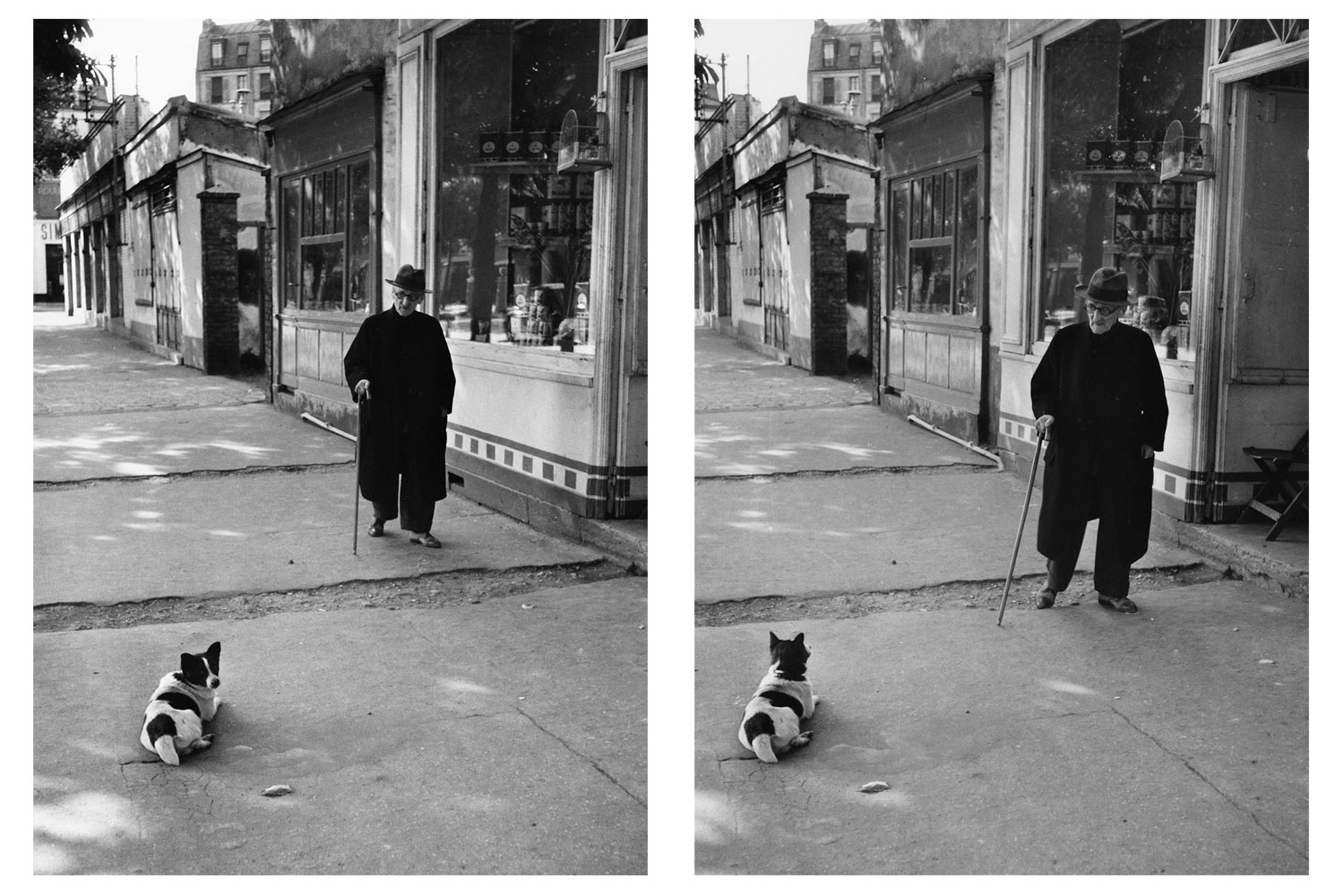
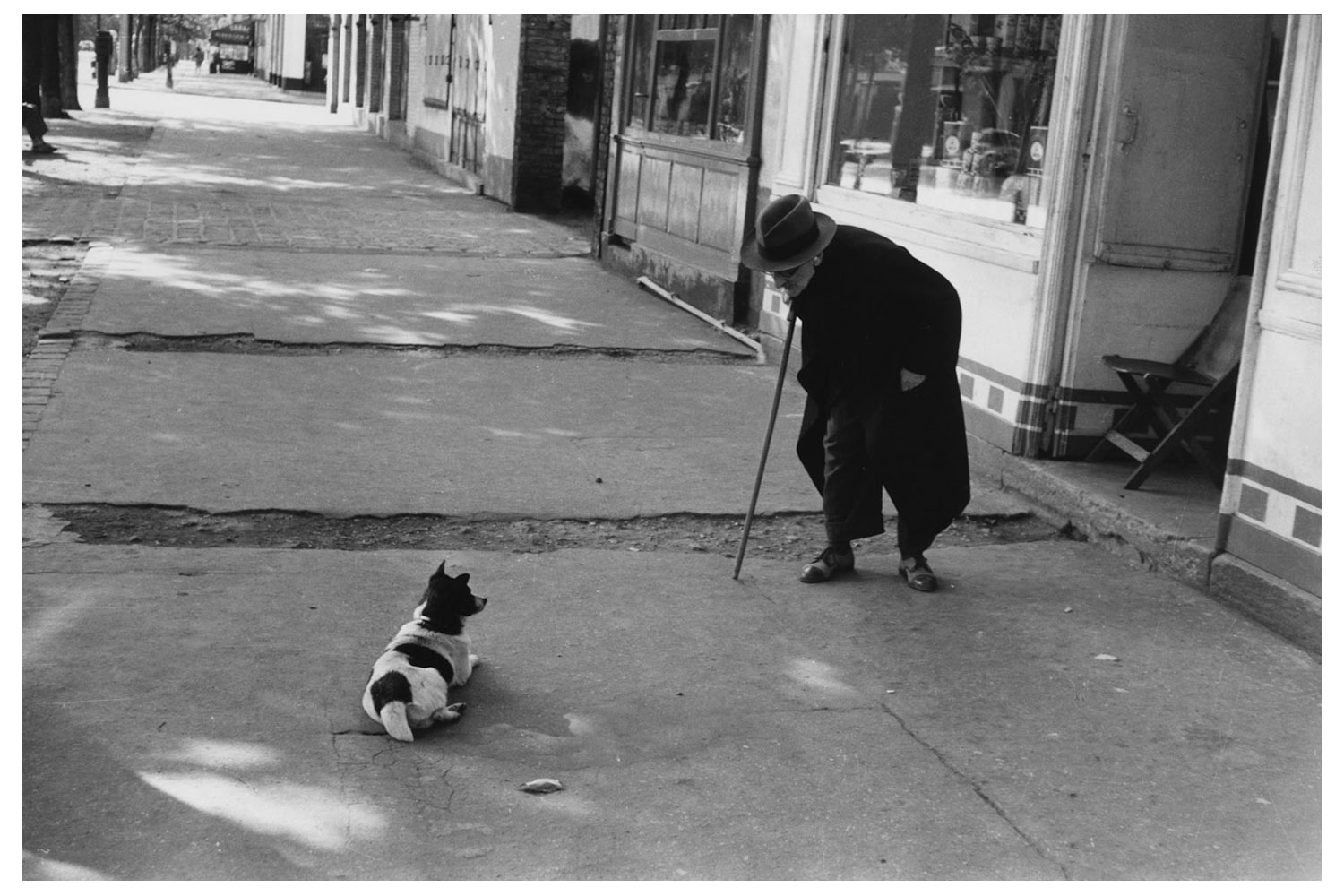
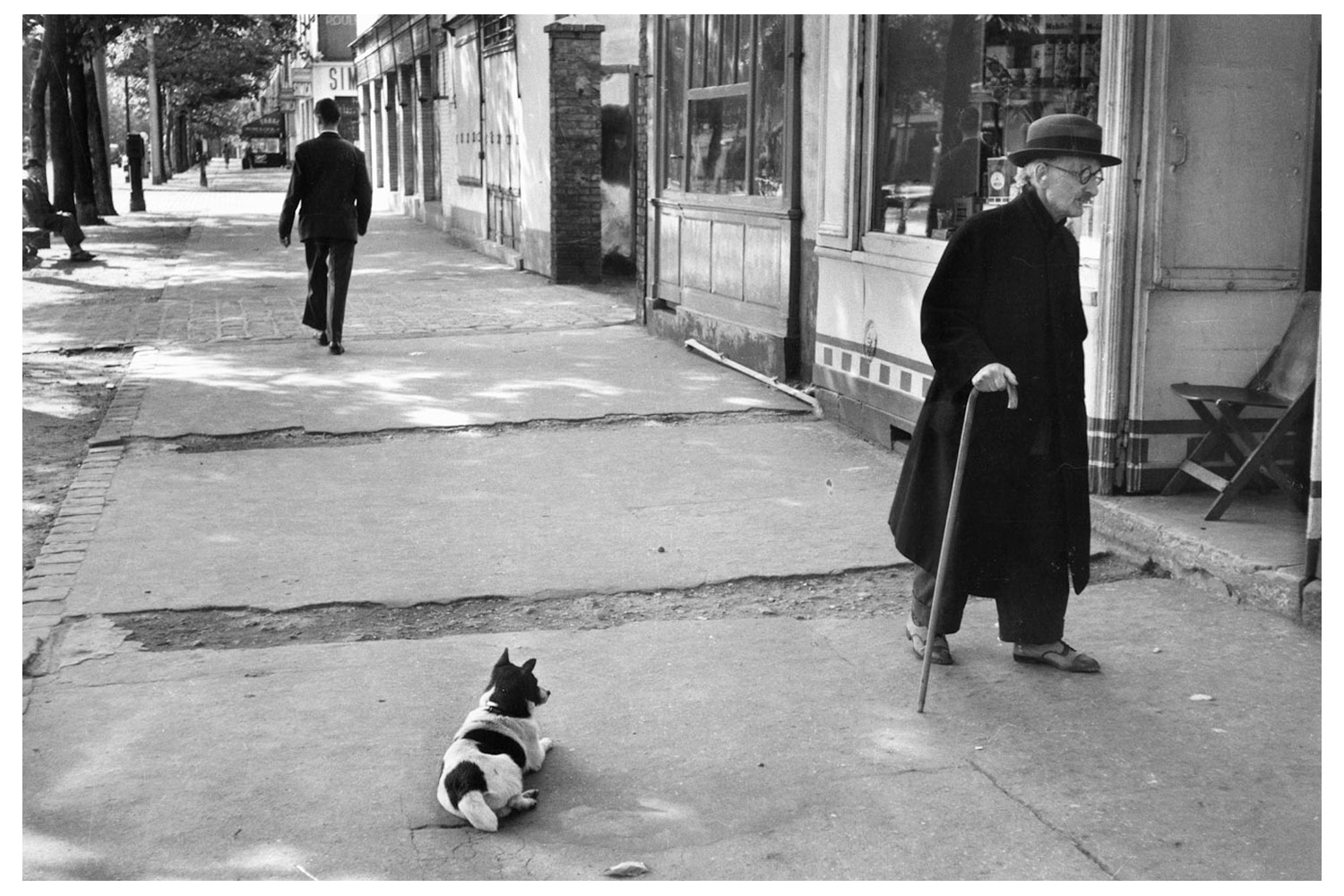




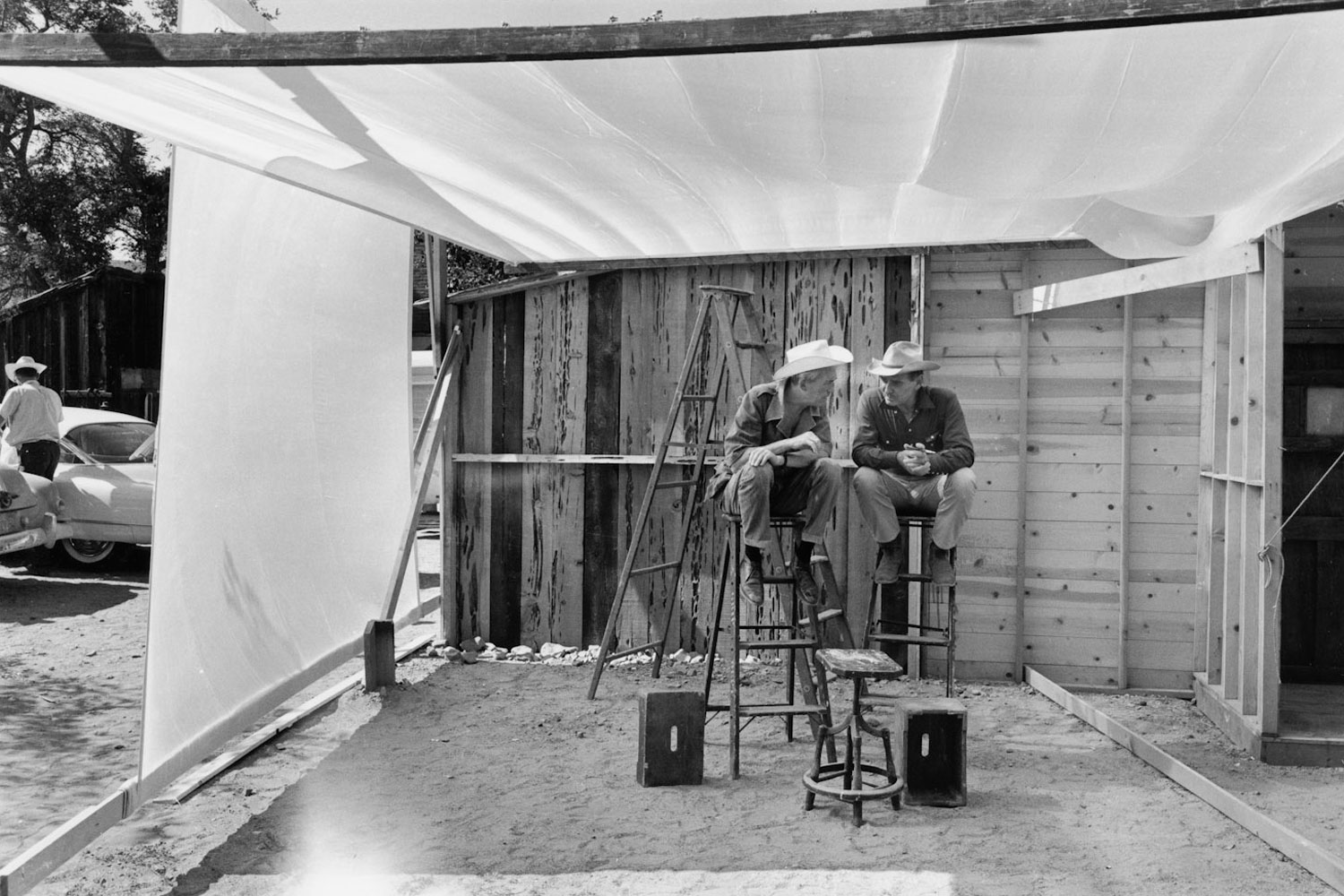
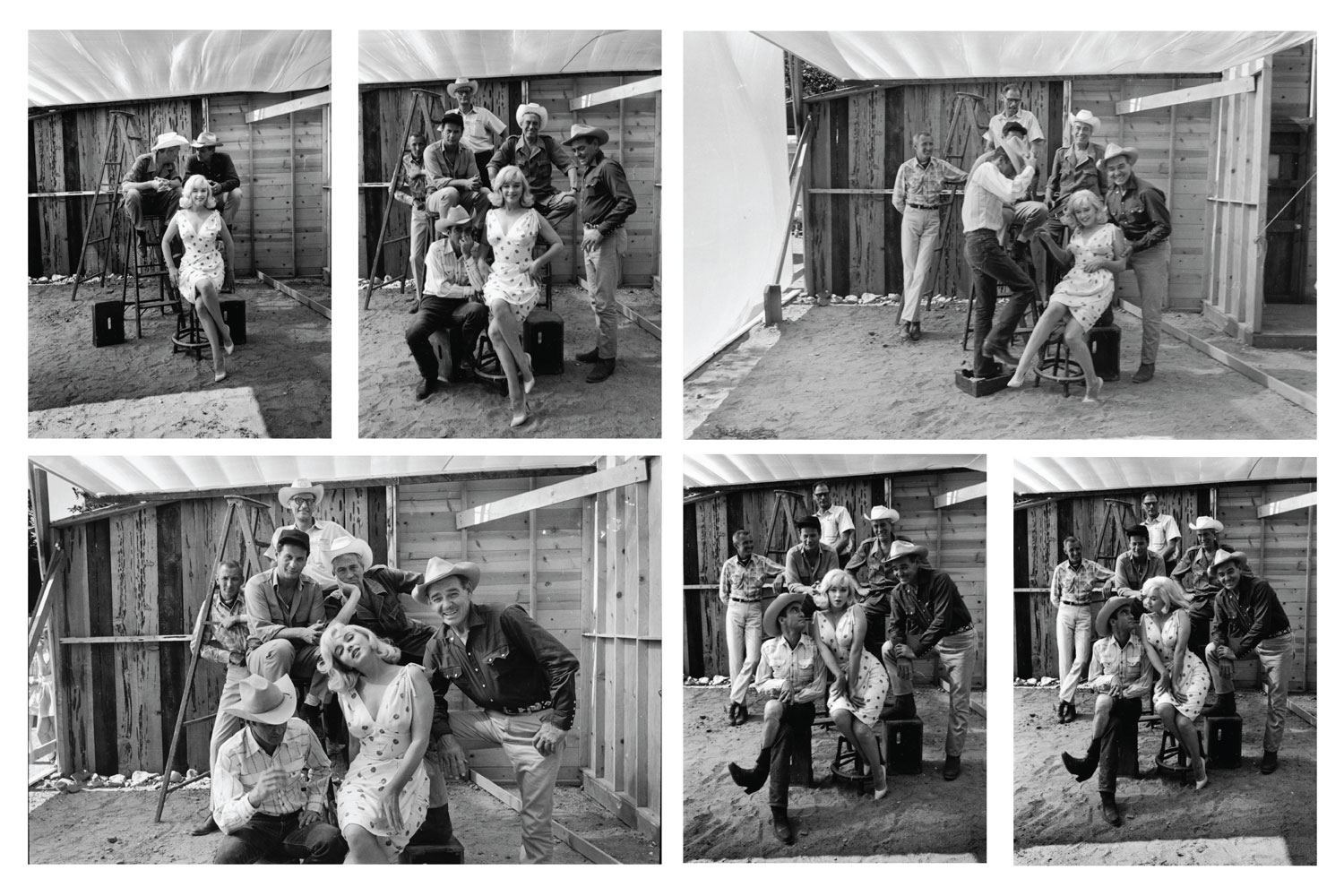

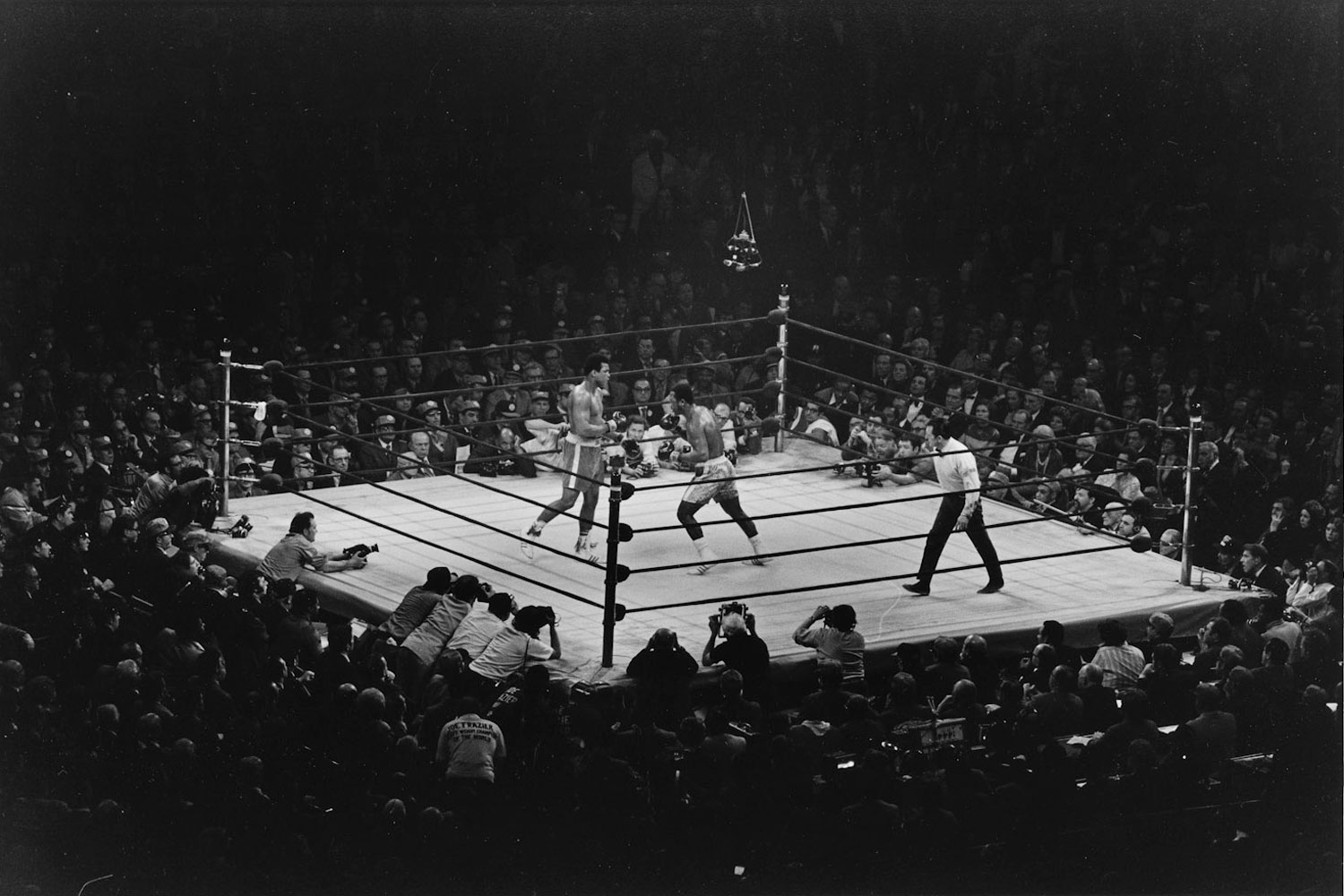





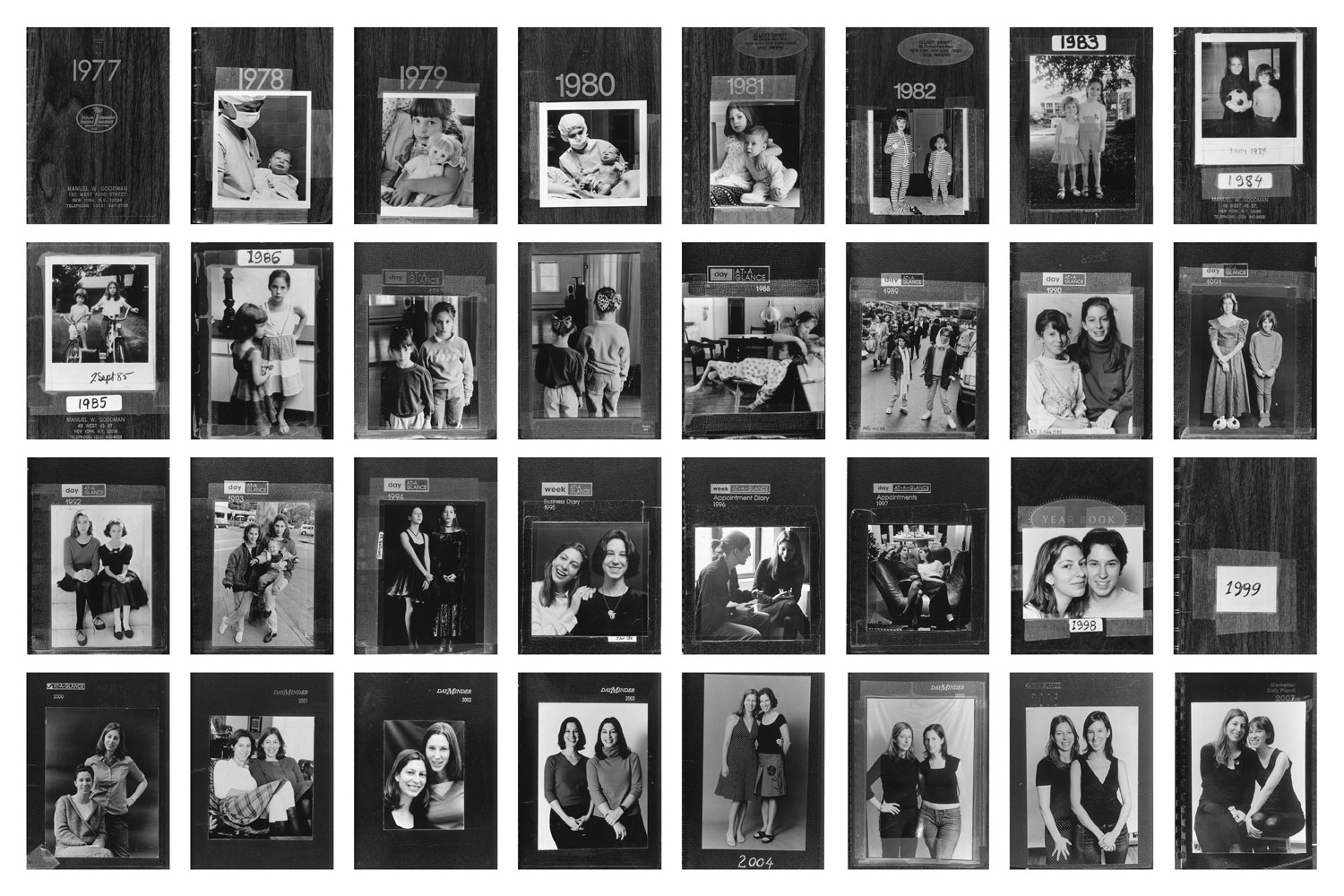
More Must-Reads from TIME
- Donald Trump Is TIME's 2024 Person of the Year
- Why We Chose Trump as Person of the Year
- Is Intermittent Fasting Good or Bad for You?
- The 100 Must-Read Books of 2024
- The 20 Best Christmas TV Episodes
- Column: If Optimism Feels Ridiculous Now, Try Hope
- The Future of Climate Action Is Trade Policy
- Merle Bombardieri Is Helping People Make the Baby Decision
Contact us at letters@time.com